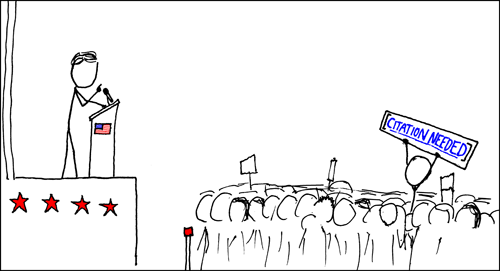The incidence of poverty varies considerably according to region. In part because
economic growth has been unevenly distributed, but also because of the economic and
social devastation caused by the conflict in certain parts of the country. Severe
inequalities in terms of access to education, sanitation and clean water, to infrastructure
and natural resources, income opportunities, justice and political protection exist
between regions. For example, health services in southern Sudan only reach about
25 per cent of the population. People living in areas that have been or continue to be
affected by drought and conflict – particularly the south and Darfur – are the most
vulnerable to poverty.
A rapidly growing population is putting significant pressure on already fragile
ecosystems, a situation which has been exacerbated by the displacement of peoples,
either by drought or conflict. More than two million have been displaced by the Darfur conflict alone.
In addition, erosion, loss of soil fertility and damage to watersheds are affecting resources.
Agricultural productivity is decreasing as a result of a lack of technological breakthroughs in rainfed
agriculture, and food security and livelihoods are threatened in turn. Malnutrition, tuberculosis and
malaria have become rampant. The World Health Organization estimates that 22 per cent of children
in the South and Darfur are suffering from acute malnutrition, and the incidence of diarrhoea in
children may be as high as 45 per cent in southern Sudan.
In general, small-scale farmers and herders in the traditional rainfed farming and livestock sectors are
more prone to poverty than those in irrigated areas. Those without land are dependent on cash
earnings from casual labour, such as collecting firewood and making charcoal. Many depend on
humanitarian aid. In 2006 about 2.5 million people in Darfur, and nearly 3 million in the south, east
and transitional areas required food assistance.
Isolation is one of the key factors affecting poverty. Settlements located away from main
thoroughfares have little or no access to social services and markets. Within rural communities,
households without assets and labour power are the poorest – consisting of elderly or disabled
people, or households headed by women with young dependants. Women and girls are the most
disadvantaged members – less than one third of them have access to education.
Inadequate development strategies, slow adaptation to climatic volatility, and erosion of natural
resources are the root causes of poverty. These causes have also fuelled the prolonged civil conflicts
that have had a devastating effect on the rural population.
Poverty levels in the country are closely linked to the strengths and weaknesses of agricultural
productivity. In the 1970s the Sudan, along with many countries of sub-Saharan Africa, began to
introduce large-scale mechanized farms and to expand the irrigation sector in a bid to increase crop
production, especially cash crops. The new farming systems and land allocation policies displaced
subsistence farmers and nomads from their land, and dismantled traditional systems of communal
ownership and management that had previously discouraged local conflict. They proved
inappropriate for ecologically fragile areas that are much better suited to traditional agricultural
methods characterized by livestock herding and the mobility of farmers.
Smallholder farmers are hindered by the limited size of their land holdings, low rates of productivity
and an inability to improve their incomes. Because of the lack of rainfall and domestic water supplies,
for most farmers the growing season is brief and crop failures are frequent. Pests and disease are
problems they are ill-equipped to combat. Existing systems for research and agricultural support are
unable to produce and disseminate new technical packages capable of overcoming these problems.
Because they have limited access to credit, distribution and marketing channels, and because of their
inadequate technical knowledge and poor skills in production and marketing, farmers find it difficult to
break out of the cycle of low productivity and income. Seasonal migration in pursuit of wage labour
opportunities on mechanized and irrigated farms and in urban areas has become widespread.
http://www.ifad.org/operations/projects/regions/Pn/factsheets/sd.pdf




